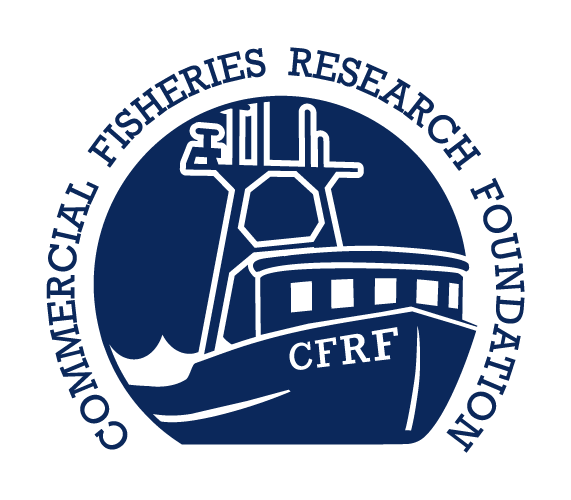Supporting the Full Use of an Underutilized Species in the Northeast: Initial Work to Develop a Cost Effective Processing Technique for Scup
(Stenotomus chrysops)
General Description:
This project was carried out by the Commercial Fisheries Research Foundation (CFRF), in collaboration with three local Rhode Island processing companies, Seafreeze, Ltd, Sea Fresh USA, Inc., and The TownDock, and a manufacturing company, Pisces Fish Machinery Inc., based in Wells, Michigan. The primary goal of the project was to conduct background research needed to support the full use of scup (Stenotomus chrysops), an underutilized species in the southern New England/Mid-Atlantic region. Specifically the research focused on investigating the most appropriate and cost effective means of filleting and packaging this hard to work with species in order to produce enough yield in the form needed to be marketable. This project was approved by NOAA NMFS as part of an extension of the original NOAA Award NA09NMF4720414 issued in 2009, and was aimed at addressing one of the primary goals of the Southern New England Collaborative Research Initiative (SNECRI): creating new business opportunities and enhancing existing ones for the southern New England commercial fishing industry.
Project Team:
- Peg Petruny-Parker, CFRF Executive Director
- Fred Mattera, CFRF Vice-President and owner of NESCTO, Inc.
- Company representatives from Seafreeze, Ltd.; Seafresh USA, Inc., and The TownDock
Project Timeline:
February 2014 – September 2015
Goals and Objectives:
One of the major challenges with increasing the marketability of scup is the difficulty involved in processing it into fillet form. It is a relatively boney fish with a large pin bone that is difficult to remove, making it time consuming to fillet by hand. The project work centered on achieving the overall goal of the project: to determine if scup could be processed into a fillet form by machine, and if so, determine if the yield and final product could be of a high enough quality to support further marketing efforts. The specific objectives of the study, then, were to:
- Work with manufacturers of seafood processing machinery and local Rhode Island processing companies to identify or develop an appropriate line of processing machinery that can produce large quantities of scup fillets efficiently and cost effectively;
- Determine the approximate yield/fish and evaluate the quality of the fillet product;
- Identify any challenges to utilizing such machinery in the Rhode Island seafood processing sector;
- Share the general information uncovered with those with interests in the commercial fishing industry, including harvesters, processors, economic development planners/investors, and food policy analysts in Rhode Island and beyond.
Initial Project Findings:
- Through a series of trials, it was determined that one company, Pisces Fish Machinery Inc., based in Wells, Michigan, was able to put together a line of machinery that effectively filleted scup, removing all bones. Click here to see diagram of machinery line.
- The average yield per fish when processed to a boneless, skinless fillet form, the ranged from 30-35 %, depending on the initial size of the scup, resulting on 4-6 ounce fillets.
- The quality of the scup fillet product was best when fresh scup were processed. Frozen scup could be processed but needed to be thawed to just 31-32 degrees F before going into the machinery to maintain product quality.
- Challenges identified pertaining to utilizing this machinery in RI include: waste water disposal capacity, low yield (especially for small scup), low market demand, and difficult handling logistics for processing frozen scup.
Final Project Report:
To view the final summary project report - click here
Related work:
The Commercial Fisheries Research Foundation partnered with the Johnson and Wales University (JWU) and the RI Sea Grant Program to organize and sponsor the 2015 RI Seafood Challenge held at JWU on April 10, 2015. The seafood challenge featured scup, and during the event, teams of JWU culinary students created and prepared recipes that used scup as the main ingredient. Some 100 audience participants taste tested the recipes and voted. In addition, the CFRF organized and facilitated a panel discussion among fishing industry representatives focused on what it means to be a RI fishermen, how scup is harvested, and the challenges involved in fully utilizing the available quota for this species.
To view a press release for the “2015 RI Seafood Challenge” click here.
To view a Rhode Island Public Radio Morning Edition segment entitled “Raising the Profile of an Undereaten Fish” by Ambar Espinoza, click here
To view a fact sheet on the RI fishing industry and scup click here

